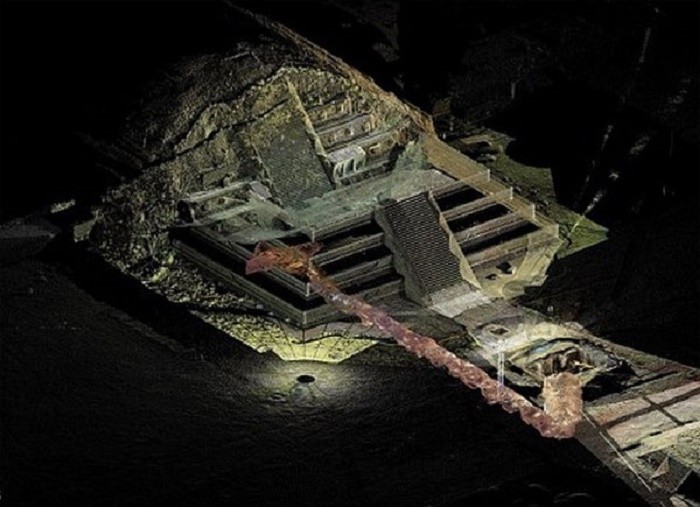 |
| Teotihuacan is located about 50 km northeast of Mexico City, belonging to the Maya civilization. This ancient city flourished from 100 BC to 750. |
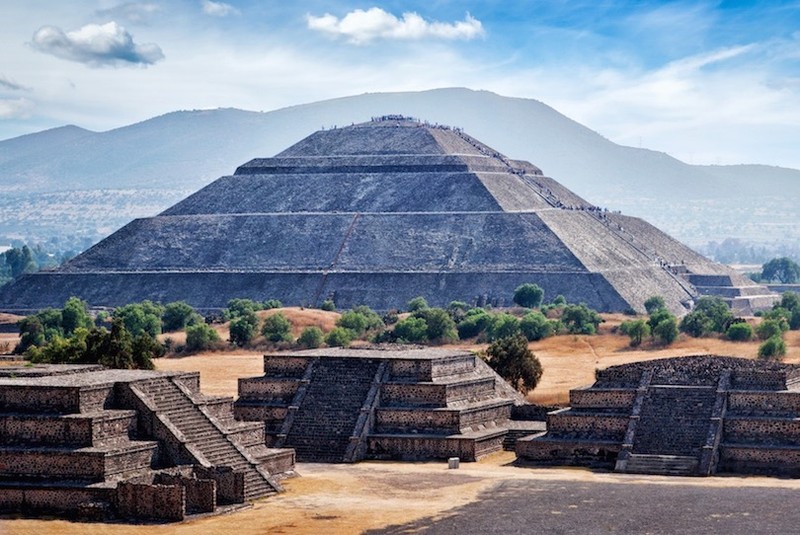 |
| Teotihuacan is the most mysterious ancient city in the Americas, and has long been a place that attracts many archaeologists and researchers. It is considered one of the most influential urban centers in the ancient Americas. It is estimated that up to 200,000 people once lived in this mysterious metropolis. |
 |
| There are 3 mysterious pyramids linked to a place called “Avenue of Death” with a length of 2.4 km. In 2003, two archaeologists from Mexico’s National Institute of Anthropology and History found a mysterious tunnel right underneath the structure of one of these three pyramids. |
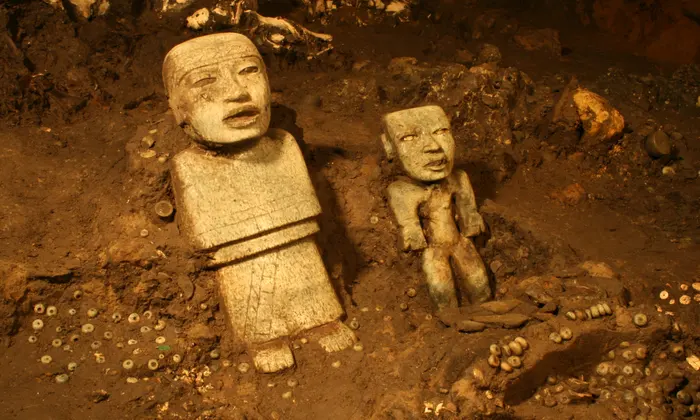 |
| When first discovering this mysterious tunnel, archaeologists thought they would find a treasure filled with gold. However, instead, experts unearthed many objects such as crocodile teeth, jewelry, seashells, the remains of a jaguar, a mask made of green jade… |
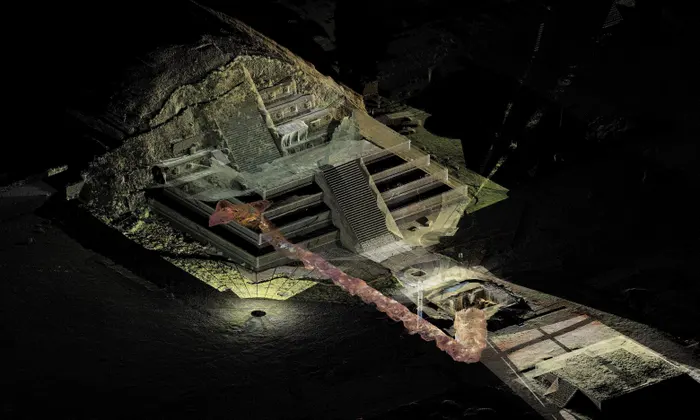 |
| In particular, researchers discovered pools of liquid mercury, traces of rising water levels on the walls of the secret tunnel. In addition, the ceiling of the tunnel also has traces of glowing metal powder, which looks like starlight sparkling in the night sky. |
 |
| Some archaeologists believe that the mercury-filled underground tunnel may depict a mysterious river of mercury, which leads to the royal tombs. The remains of the powerful kings of Teotihuacan have not been found and could this river of mercury be the answer to the mystery? |
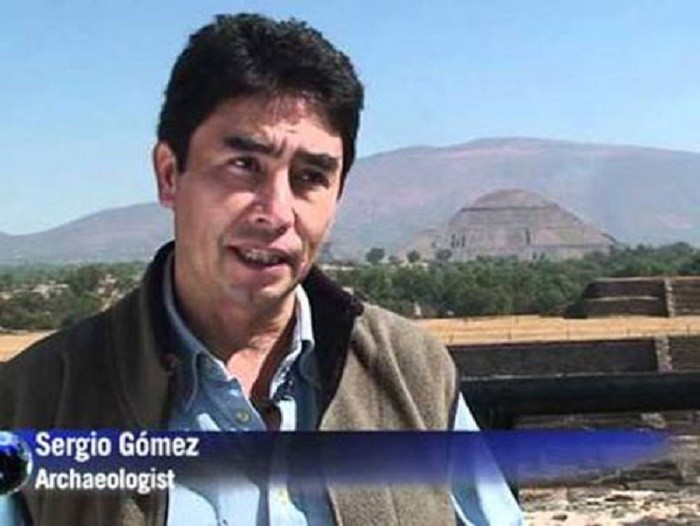 |
| This mysterious tunnel was first discovered by archaeologist Sergio Gómez Chávez after a heavy rain in 2003. Specifically, a few days after the heavy rain, Sergio Gómez Chávez went to Teotihuacan and found a sinkhole about 1 meter right at the foot of this temple. |
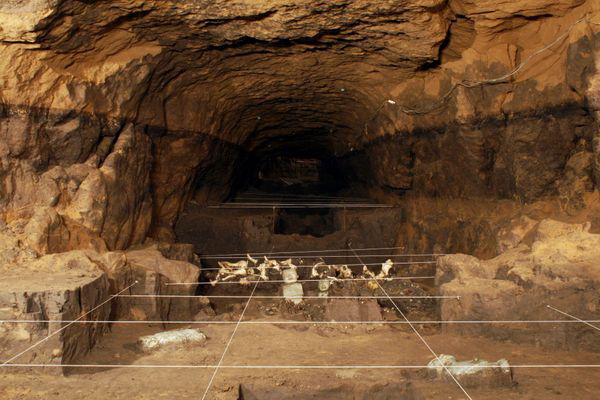 |
| By early 2004, Sergio Gómez had assembled a team of 20 workers and selected archaeologists. Together, his research team used radar to scan the ground beneath the temple. By 2005, they succeeded in completing the digital map. |
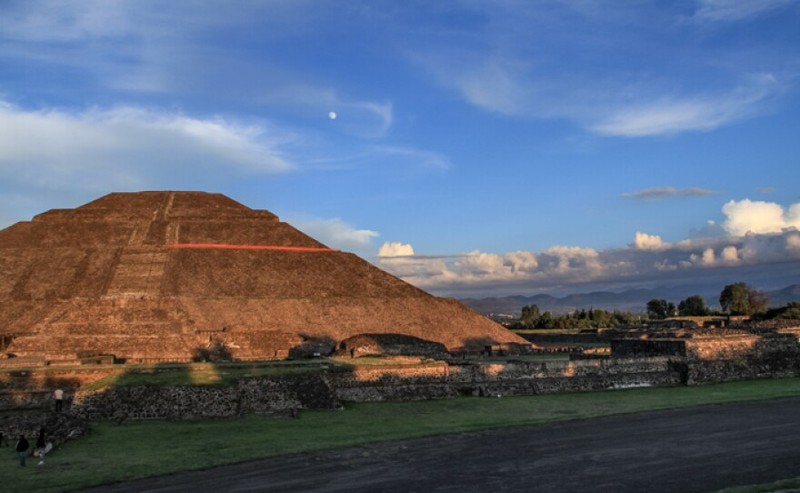 |
| What surprised archaeologists the most was the presence of large amounts of liquid mercury in a room at the end of the tunnel. Mercury is a highly toxic substance and has the potential to cause significant harm to the human body when exposed over long periods of time. Therefore, the research team needed to use protective masks to avoid mercury poisoning. |
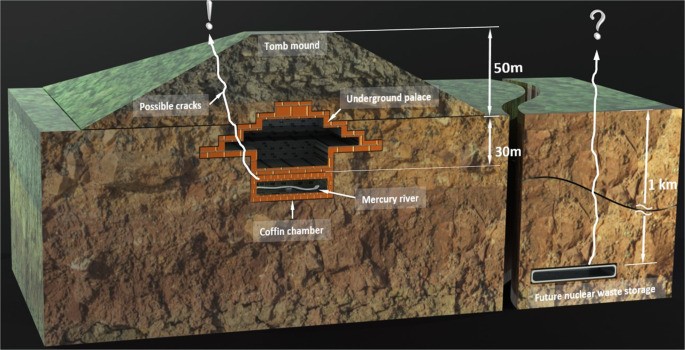 |
| According to Sergio Gómez, the river of mercury hidden under the pyramid of the temple of the Snake god seems to symbolize a lake or river in the underworld. In addition, a large number of artifacts were found near the entrance to the three rooms, suggesting that this may be the tomb of the city’s elite . |
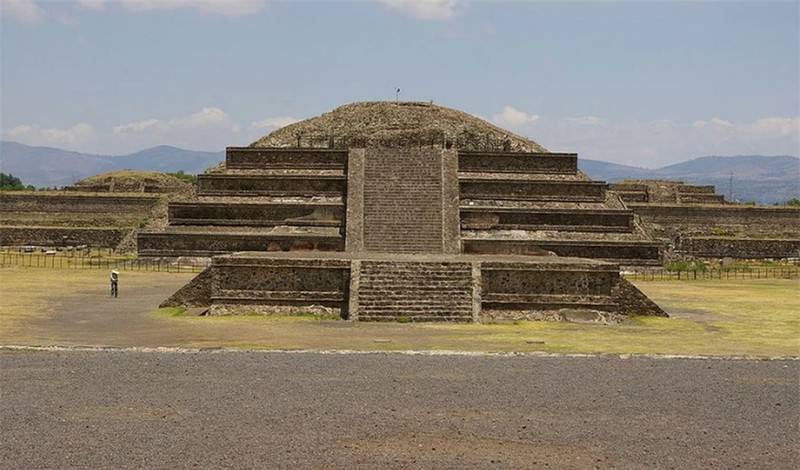 |
| Therefore, this archaeologist believes that it is a sign that his research team is getting closer to discovering the first royal tomb at Teotihuacan, potentially even unearthing the mysteries of the city mighty ancient. |
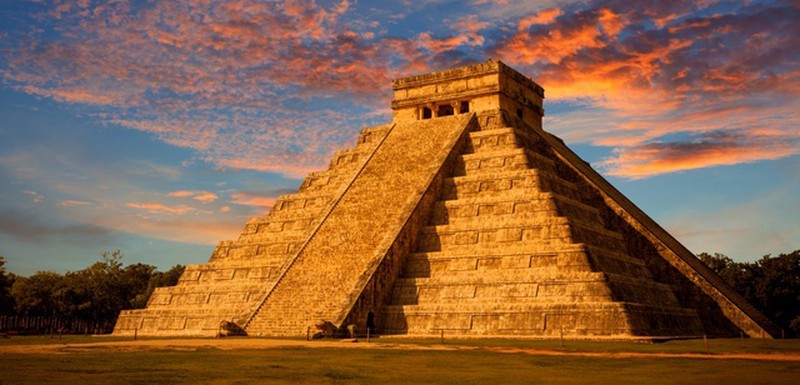 |
| After many years of research and excavation, up to now, there is still no exact solution to the mysteries surrounding the Quetzalcoatl pyramid, the mysterious Snake God temple at Teotihuacan. |
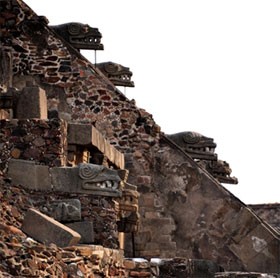 |
| However, research experts are still looking for valuable clues about this archaeological site and promise to partly decode the mystery of the pyramid complex in Teatihuacan as well as the vanished civilization. at this place. |




